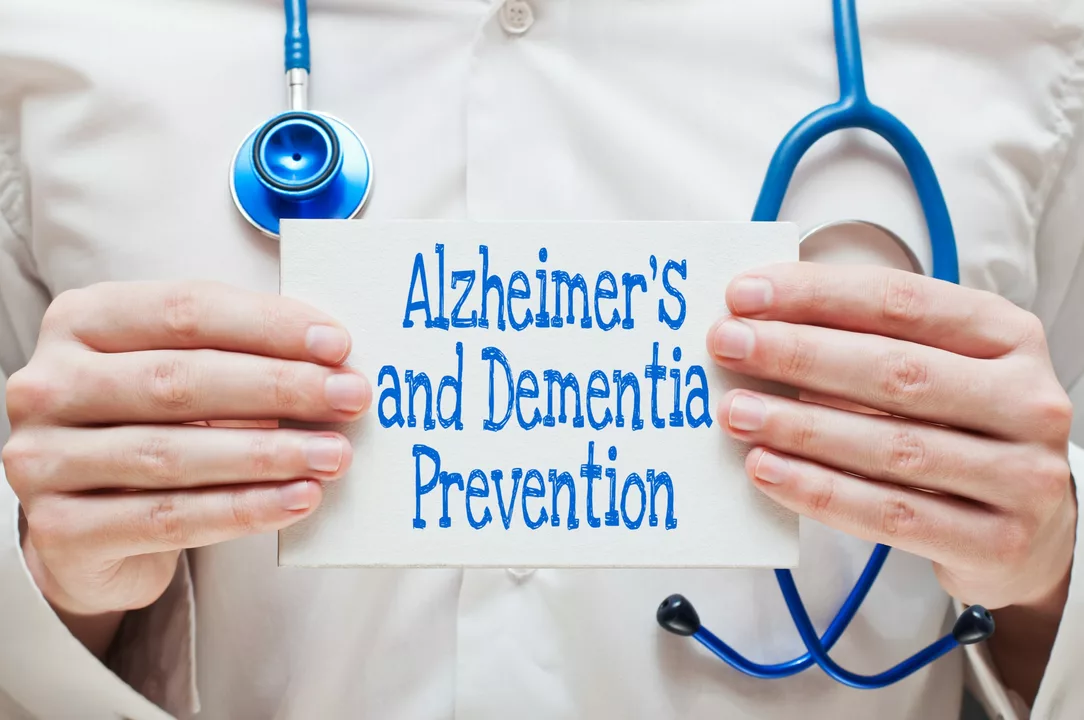Hidden dangers: what your medicine — and where you buy it — might not tell you
One pill can solve a problem and create a new one. Hidden dangers show up as unexpected side effects, drug interactions, poor monitoring when switching therapies, or fake meds sold from slick websites. You don’t need to be a clinician to avoid most of these risks — you need a few clear checks and a healthy dose of caution.
Watch for the real risks
Some risks hide in plain sight. Antidepressants like escitalopram can cause withdrawal or mood changes if stopped abruptly. Seizure drugs such as lamotrigine may trigger serious rashes. Immunosuppressants and chemotherapy agents need strict dosing and lab follow-up. Even over-the-counter sleep aids or allergy meds carry trade-offs. If you switch thyroid meds or stop hydroxychloroquine, labs and symptom tracking matter — or you could miss a warning sign until it’s severe.
Buying meds online? Do these checks
Buying from an online pharmacy adds new layers of risk. Here’s a quick checklist you can use right now: verify the pharmacy is licensed in the country it claims to operate from; require a prescription for prescription-only drugs; look for clear contact info and a licensed pharmacist you can call; check for secure checkout (https and obvious privacy policy); read recent user feedback outside the site; and compare pill appearance and imprint with trusted references.
Fake meds can look real. If a price looks too low, shipping arrives with odd packaging, or tablets differ in color, size, or smell — stop using them and consult a pharmacist. For high-risk drugs (methotrexate, oxcarbazepine, immunosuppressants), prefer local or well-known international pharmacies that require a prescription and provide pharmacist support.
Drug interactions are another hidden trap. Common combinations — for example, some antidepressants with blood pressure meds or certain antibiotics — can change how drugs work or boost side effects. Always tell your prescriber and pharmacist every medication and supplement you take, including herbal remedies. If a pharmacist runs a screening checklist for co-prescriptions, use it as your backup plan.
Practical steps that actually help: keep a current medicines list on your phone, set reminders for lab tests when changing therapy, photograph pills when you get a new batch, and get a second opinion if symptoms change after starting or switching meds. If a medication causes a new rash, breathing trouble, severe dizziness, or chest pain — seek urgent help.
Hidden dangers aren’t meant to scare you. They’re meant to remind you to be proactive. With a few simple checks and the habit of asking questions, you can cut risk dramatically and keep medicines doing the job you expect.

- 10 Comments
As a blogger, I feel it's important to shed light on the hidden dangers of untreated sexually transmitted infections (STIs). Many people underestimate the long-term consequences of leaving STIs untreated, which can lead to severe health complications. These may include infertility, chronic pain, and a higher risk of contracting other infections like HIV. It's crucial to get regularly tested and seek appropriate treatment if diagnosed with an STI. Spreading awareness and encouraging open conversations about sexual health can help reduce the stigma surrounding STIs and promote better overall health.
